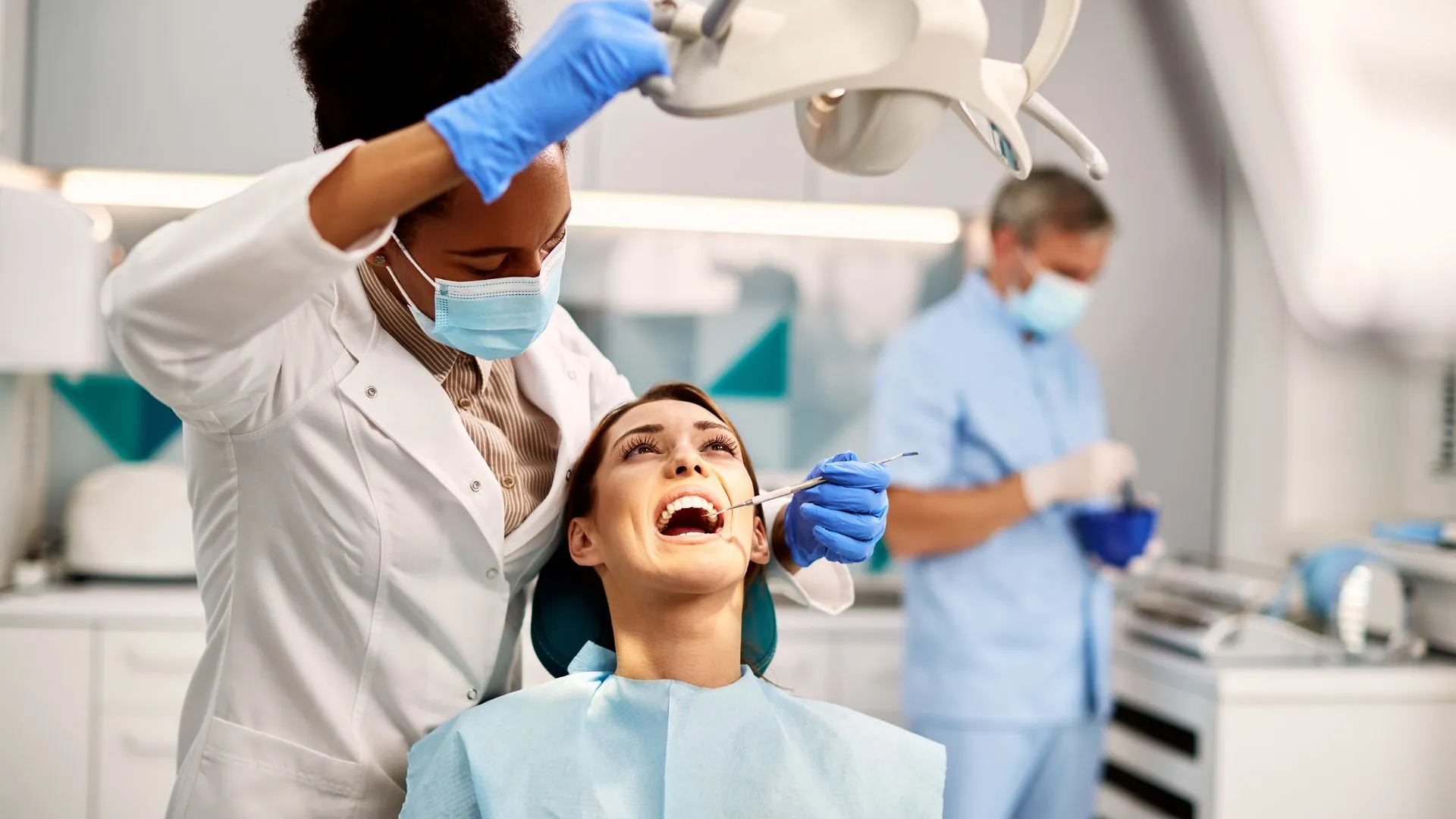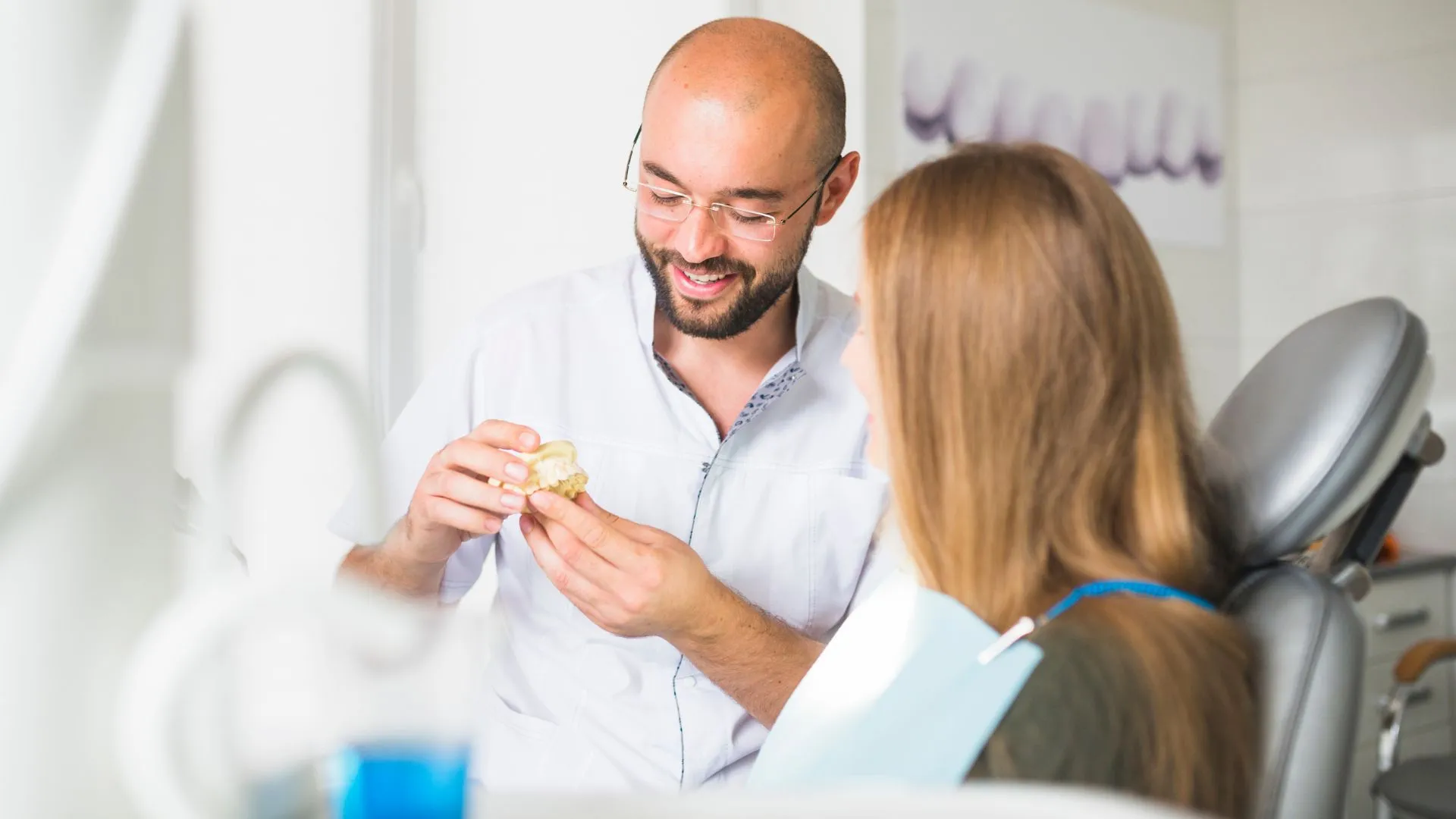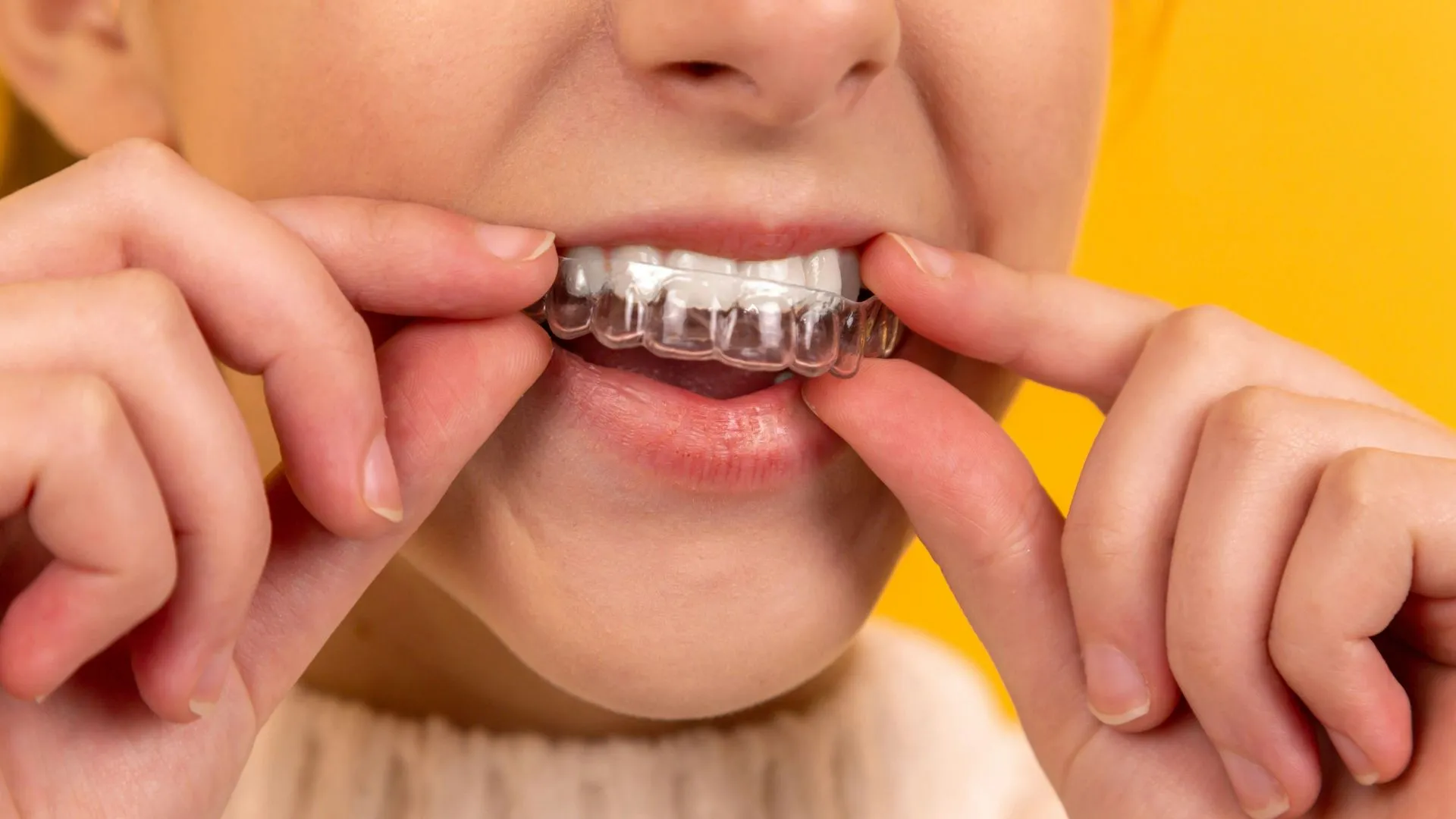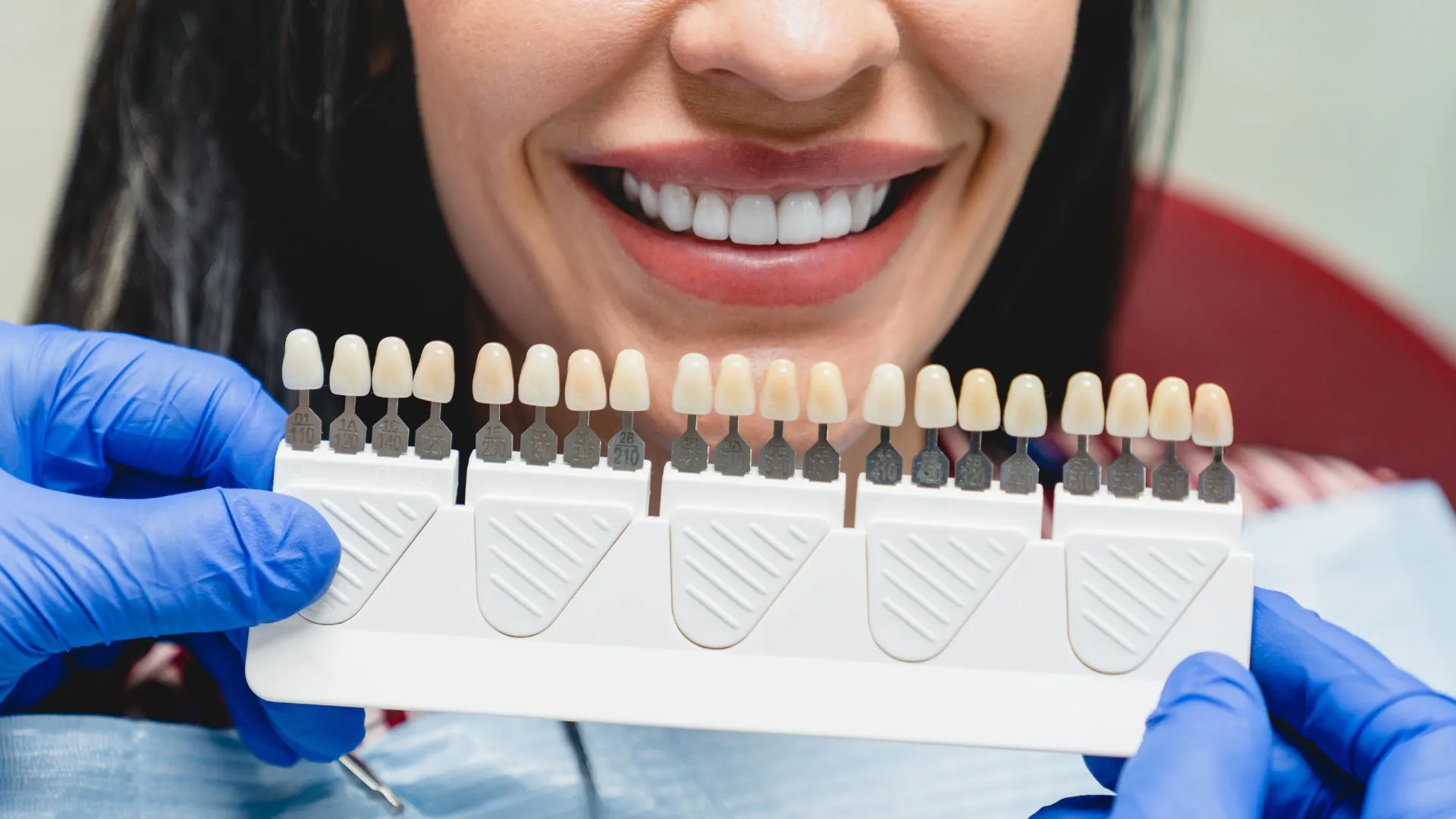Laughing gas is commonly perceived as one of the best times you can have at the dentist. From television and movies, it’s often portrayed as more of a comical element. But is this what you should expect when visiting the dentist’s office and getting the…
Laughing gas is commonly perceived as one of the best times you can have at the dentist. From television and movies, it’s often portrayed as more of a comical element. But is this what you should expect when visiting the dentist’s office and getting the gas mask? Is it really just a good time? In this article, we’ll go over everything you’ll want to know about getting a dental gas mask. We’ll also go over when it is used and other forms of sedation dentistry that might be available.

What is the dental gas mask?
Many know dental gas masks by other names. You may have heard ‘laughing gas’ or even ‘dental nitrous oxide.’ Whichever you are familiar with, they are all talking about the same thing. Dental gas masks have been used in dentistry for ages. They have provided an excellent solution for performing many types of treatments without worry the patient experiences pain.
The effects of nitrous oxide can be felt within minutes. It can also wear off quite quickly in a matter of a few minutes too. Once a patient is under nitrous oxide, they’ll be unable to feel any discomfort from procedures. It may take up to 4 minutes for sedation to be fully in effect, but once started, it alleviates pain until removed.
Laughing gas is safe and effective. During your dental visit, if laughing gas is used, it is mixed with oxygen and inhaled through a small mask that fits over your nose. It’s important to note that laughing gas will not put you to sleep. You will still be able to hear and respond to any requests or questions your dentist may have. Often laughing gas can be used to treat anxiety or people with dental phobia.
How does the laughing gas work?
Laughing gas produces many different effects. You may feel light-headed or have a tingling sensation throughout your body, including arms and legs. For some individuals, nitrous oxide can produce a heavier feeling in their arms and legs. Your dentist will need to provide a steady stream to maintain the effects as they only work as long as the nitrous oxide is flowing.
The laughing gas works by displacing the air and your lungs. It also prevents oxygen from getting to your brain and blood. This could be a scary factor to some, knowing that your body needs oxygen to survive. The deprivation aspect is what causes giggles. And in more scarce cases, some patients can experience mild hallucinations.
What are the different levels of sedation?
There are different options for sedation other than laughing gas. These are based on the type of procedure to be done or the level of phobia a patient may have. Take a look at the four methods your dentist may use to curb pain, reduce anxiety, and make your trip to the dentist more enjoyable.
Minimal
Minimal sedation can include laughing gas. This type of sedation dentistry usually involves you being awake but relaxed. With inhaled minimal sedation or breathable nitrous oxide, your dentist will be able to control the level of sedation. This is the only form of sedation dentistry where you’ll be able to drive yourself home after the procedure. Minimal sedation can be used for faster procedures, including fillings.
Moderate
Moderate sedation is also known as conscious sedation. In this method, you may slur your words when trying to speak, and you won’t remember much of the procedure itself. IV moderate sedation will distribute a sedative drug through your vein. It works quickly, and the dentist can adjust the level of sedation. Moderate sedation is good for those with extreme dental phobias and procedures like root canals or other oral surgeries.
Deep sedation
Deep sedation is when you are just on the cusp of consciousness. You can still be awakened easily but are in deep sedation levels where you won’t feel any discomfort or possibly remember any part of the procedure. Medication can be given before the procedure to make you almost unconscious or totally unconscious. For those that actively avoid going to the dentist out of fear and need extensive treatment, deep sedation can be the best option.
General anesthesia
Generally, anesthesia is the method most are familiar with and involves putting you to sleep. You will be completely unconscious, have no feelings about the procedure, and not remember any portion leading up — to and during. General anesthesia isn’t commonly used in the dental office as minimal sedation and local anesthesia. However, it does have its place, especially for extreme cases of dental anxiety and longer dental procedures
What Are the Benefits of using laughing gas?
There are three main benefits:
- The first is it reduces anxiety. For those that have dental phobias, laughing gas can allow them to have surgical or more extensive procedures without fear.
- The second benefit is that it kills pain. No procedure will hurt while you’re under laughing gas. Though you’ll still be wide awake, you can communicate with your dentist should you feel any negative sensation.
- Lastly, it will create euphoria. Many individuals enjoy the feeling of laughing gas as it’s almost surreal.
Is laughing gas safe?
One of the most frequently asked questions we receive on gas for sedation is its safety. The good news for patients of all ages is that it is completely safe. There are very few complications that can arise from laughing gas, but it makes getting many procedures much simpler for the patient. For those with dental anxiety, this can be an excellent way to get more extensive treatments without fear of discomfort.
There are two common side effects of laughing gas, which include mental confusion and leg pain or numbness. These often go away after a few minutes of being off nitrous oxide. You could also experience nausea, headache, increase sleepiness, or feelings of being cold.



